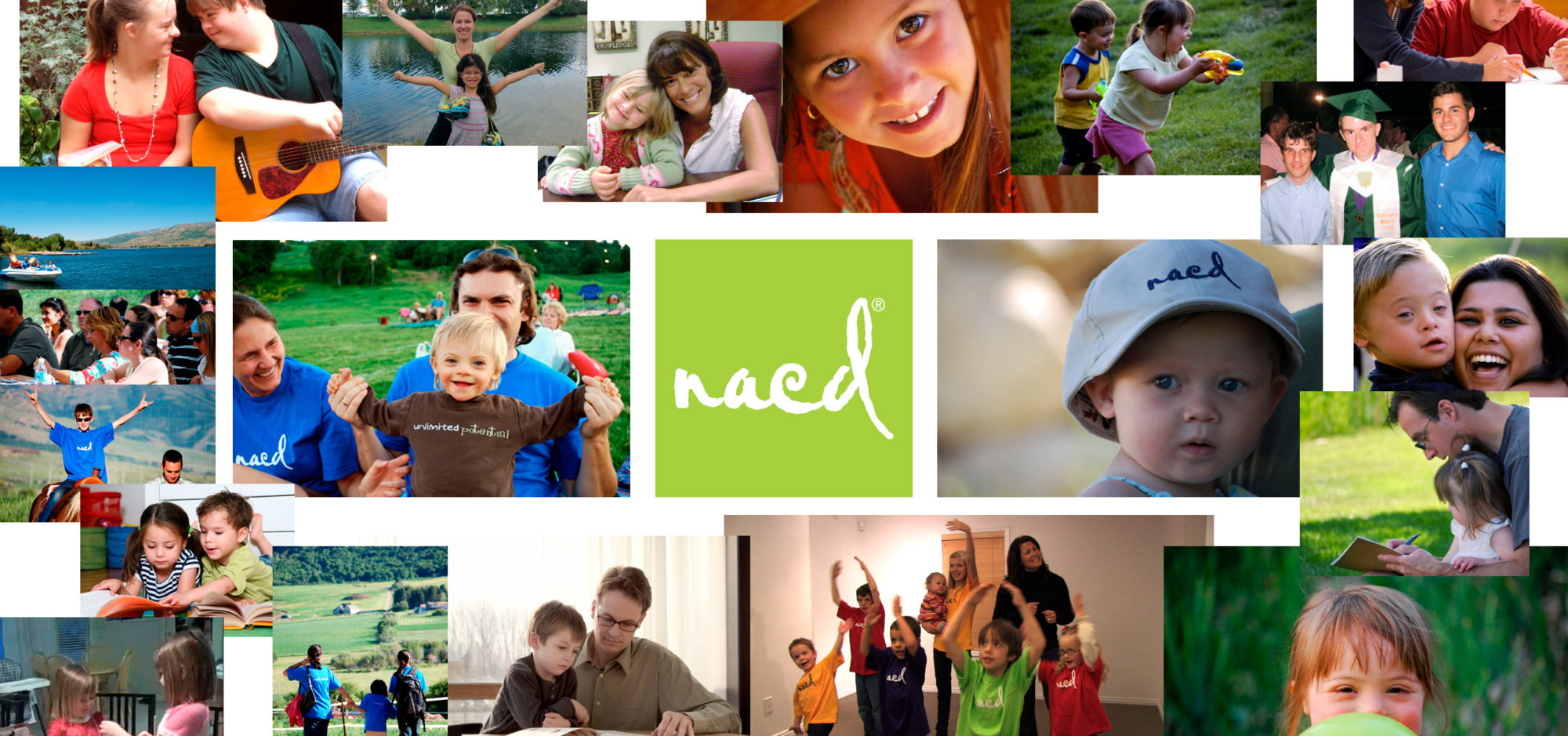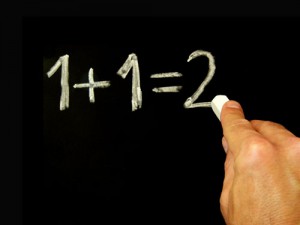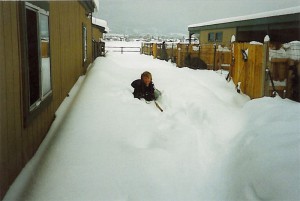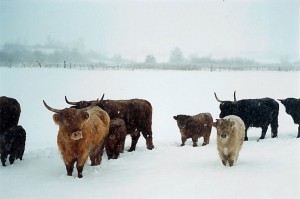 As I talk with parents about behavior, it becomes clearer and clearer that child management, behavior, the establishment of boundaries, creating a positive relationship with your children, and creating a positive environment for your children that helps them grow into successful, mentally healthy, confident individuals who feel secure and who have good self images–all of these things start with one very simple concept: “No” means NO.
As I talk with parents about behavior, it becomes clearer and clearer that child management, behavior, the establishment of boundaries, creating a positive relationship with your children, and creating a positive environment for your children that helps them grow into successful, mentally healthy, confident individuals who feel secure and who have good self images–all of these things start with one very simple concept: “No” means NO.
I see family after family that is struggling with their children’s behavior and compliance–households with a never-ending stream of “stop that,” “cut that out,” “If you do that again, I’m gonna…” and “no,” “no,” “no,” “no,” and ”no“ until mom or dad lose it, scream and go into their insanity act. All of this creates a very negative home environment, a home without real guidelines, without consistency, a home where the children never know when the explosion is going to come, where the children are trying to read their parents’ mood and boiling point and become compelled to push things until they produce “Crazy Mom” and “Crazy Dad.” A home in which the child is in control and out of control, where the child is making poor decisions all day long–“Should I do it?” “Can I do it?” “Can I get away with it?” “Did she really mean it?” And perhaps worst of all, it creates children who learn simply not to think, they learn just to do whatever they would like to do at the moment, because simply why not? These children are well on their way to having emotional problems, attention problems, behavior problems, compliance problems, school problems, confidence problems, etc. and joining the growing ranks of unhappy kids who become impossible teens and then unhappy, insecure adults, many of whom end up being thrown into a category, labeled, and medicated. All of this because “No” doesn’t mean “No.” It means later, not right now, I don’t like it, I’m tired, you have once again pushed my buttons and have my attention, etc.
If “No” means “No,” as in “that is not okay, now, later, tomorrow, next week, or next year,” and we succeed in communicating that, life becomes so very much easier for everyone. You can’t have a positive home when so much is negative. So often parents are afraid to punish children because they feel they are being mean and negative. Saying “No’ without meaning it all day and ultimately yelling at the children is extremely negative and I believe abusive.
Teaching your child that “No” means “No” is really easy. When your child does something that is wrong, harmful, or dangerous, simply say “No” with intention. Intention means that you say it, mean it, and say it in such a way that you really communicate, “Don’t ever do that again,” and provide feedback, a consequence–preferably an immediate consequence–a time out, or whatever. Generally the consequence itself is not of huge importance. It should be immediate and significant, such as time out, but the really important piece is the consistency with which you use the consequence.
It is so sad that so many parents have bought into “No” as being a four-letter word. It’s not. It’s a two-letter word and a word that may help stop your two year old from bolting out into traffic, your five year old from throwing your two year old out a window, your twelve year old from drinking the booze in your liquor cabinet, your fourteen year old from trying drugs, your sixteen year old from getting pregnant, and your eighteen year old from getting into a wreck going 100mph. “No” saves lives.

 I finished my day today with a really terrific family. Three months ago I saw their nine-year-old daughter, Mandy, for the first time; today was their first revisit. Mandy’s parents brought her to us because of a plethora of issues, including a full range of academic problems and memory issues, being fearful and distractible, having fine motor, gross motor, and coordination concerns, avoidance behaviors, difficulty with peers, sensitivity to sounds, tics, etc.–a fairly typical mixed bag of issues.
I finished my day today with a really terrific family. Three months ago I saw their nine-year-old daughter, Mandy, for the first time; today was their first revisit. Mandy’s parents brought her to us because of a plethora of issues, including a full range of academic problems and memory issues, being fearful and distractible, having fine motor, gross motor, and coordination concerns, avoidance behaviors, difficulty with peers, sensitivity to sounds, tics, etc.–a fairly typical mixed bag of issues. Yep, it’s true. Those are emus; they are in the Utah mountain snow, not in the Australian outback; and that little guy is my son, Laird, who was about five at the time. He was shoveling paths to the bird pens so we could get them food and water and hopefully gather their eggs before they froze. We really liked collecting those big green eggs, which we incubated and hopefully hatched into chicks. Back then those chicks were worth about $5,000 each. (I bet you thought I was crazy. As they say, “like a fox.”) In one of the chapters in my life I was a child developmentalist/rancher and raised emus and other exotic critters in the mountains of Utah. It was great fun, a family learning experience, adventure, a particularly great opportunity for my younger son Laird and fortunately generally financially rewarding, helping to support my work with kids. Laird learned about chores early and loved not only being a “helper,” but learning to assume responsibility and not to fear big tasks–Herculean tasks.
Yep, it’s true. Those are emus; they are in the Utah mountain snow, not in the Australian outback; and that little guy is my son, Laird, who was about five at the time. He was shoveling paths to the bird pens so we could get them food and water and hopefully gather their eggs before they froze. We really liked collecting those big green eggs, which we incubated and hopefully hatched into chicks. Back then those chicks were worth about $5,000 each. (I bet you thought I was crazy. As they say, “like a fox.”) In one of the chapters in my life I was a child developmentalist/rancher and raised emus and other exotic critters in the mountains of Utah. It was great fun, a family learning experience, adventure, a particularly great opportunity for my younger son Laird and fortunately generally financially rewarding, helping to support my work with kids. Laird learned about chores early and loved not only being a “helper,” but learning to assume responsibility and not to fear big tasks–Herculean tasks. One of my favorite memories involves the building of our home and developing our ranch. Shortly after we moved into our new home, two landscapers were coming up to put in a sprinkler system around the house. They would arrive early, like 6:30 a.m., to begin work. When they arrived Laird would be waiting for them with his little wheelbarrow and shovel, ready for work; and work he did. I have no doubt that those guys worked harder and faster than ever because they had this little kid pushing right beside them, never wanting a break. When the system was almost complete, the last guy on the job was putting the final pieces together in the in-ground control box. Three-year-old Laird couldn’t help with that task, so he on his own accord went and found his little folding chair, one of his reading books (“Bibs”), set the chair up next to where the guy was working, sat there, and read the entire book to him. If he couldn’t help, he could entertain.
One of my favorite memories involves the building of our home and developing our ranch. Shortly after we moved into our new home, two landscapers were coming up to put in a sprinkler system around the house. They would arrive early, like 6:30 a.m., to begin work. When they arrived Laird would be waiting for them with his little wheelbarrow and shovel, ready for work; and work he did. I have no doubt that those guys worked harder and faster than ever because they had this little kid pushing right beside them, never wanting a break. When the system was almost complete, the last guy on the job was putting the final pieces together in the in-ground control box. Three-year-old Laird couldn’t help with that task, so he on his own accord went and found his little folding chair, one of his reading books (“Bibs”), set the chair up next to where the guy was working, sat there, and read the entire book to him. If he couldn’t help, he could entertain. Laird happily requested more and more jobs on the ranch. The young emus needed to be exercised to strengthen their legs, so Laird would run up and down the chick pens with these three-four foot tall chicks/creatures often towering over him. (If you haven’t seen an emu up close, they have big, clawed feet and look more like velociraptors than birds.) When he was a bit older he would be out before daylight in below zero weather, dragging forty-pound bails of hay out to our Scottish Highland cattle. He did these chores willingly, always looked for more, and was justifiably proud of himself and his achievements. Teaching our children to take care of themselves is huge. Raising children to be adults requires more than teaching them the “three Rs;” we need to teach them to be “highly capable.” I know of families whose children don’t know how to do their laundry, buy or prepare food, or clean their living space; who don’t understand the value of money nor how to be responsible; and yet they are sending them off to expensive colleges. Their odds of success are not great.
Laird happily requested more and more jobs on the ranch. The young emus needed to be exercised to strengthen their legs, so Laird would run up and down the chick pens with these three-four foot tall chicks/creatures often towering over him. (If you haven’t seen an emu up close, they have big, clawed feet and look more like velociraptors than birds.) When he was a bit older he would be out before daylight in below zero weather, dragging forty-pound bails of hay out to our Scottish Highland cattle. He did these chores willingly, always looked for more, and was justifiably proud of himself and his achievements. Teaching our children to take care of themselves is huge. Raising children to be adults requires more than teaching them the “three Rs;” we need to teach them to be “highly capable.” I know of families whose children don’t know how to do their laundry, buy or prepare food, or clean their living space; who don’t understand the value of money nor how to be responsible; and yet they are sending them off to expensive colleges. Their odds of success are not great.